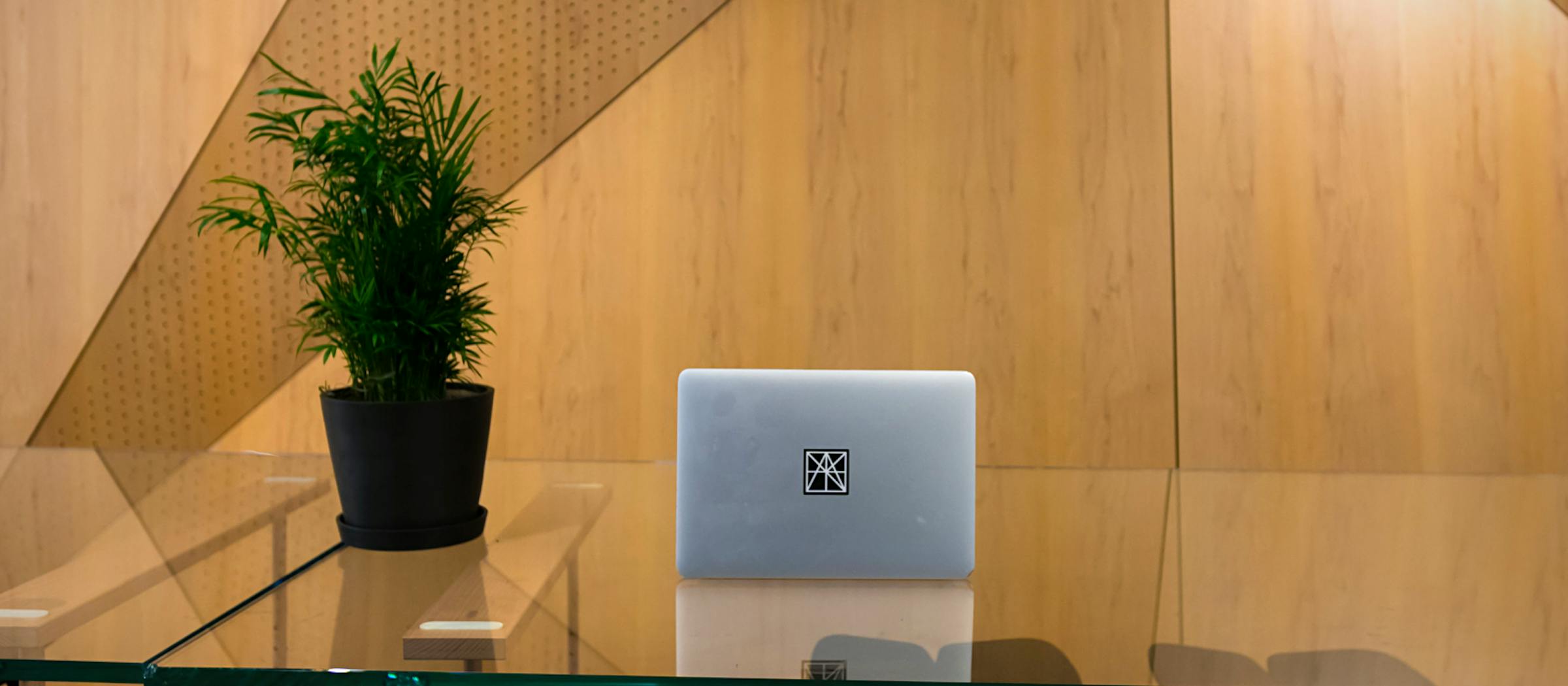Six dimensions to a successful digital workplace and positive employee experience
Across nearly all sectors of business, companies large and small have had to quickly adapt to support a newly remote workforce.
Though this shift was initially perceived to be temporary, recent Gartner surveys show that the changes forced by the COVID-19 pandemic are fundamentally altering the way companies view remote work: 41 percent of employees reported that they will likely work remotely after the pandemic, and 74 percent of organizations stated that they plan to move at least 5 percent of their onsite workforce to permanently remote positions.
In the latest conversation in our member-exclusive Navigating COVID-19 webinar series, experts from West Monroe Partners, a leading business and technology consulting firm, shared the six fundamental dimensions that companies can use to build a successful digital workplace and employee experience — and how each of those dimensions will help ensure a more agile, productive and engaged remote workforce.
The speakers included:
- Kaumil Dalal, Digital workplace go-to market lead
- Frank Lesniak, Workplace collaboration competency team lead
- Rick Sabatino, Org design, development and change lead
- Alex Foucre-Stimes, Design practice lead
At the event, Kaumil shared why helping companies develop strong remote workplaces is so important to West Monroe Partners: “Remote work is the new normal and will be the next normal. Many of the healthcare and life sciences companies we work with have had to transition their significant business operations from hands-on and face-to-face to more virtual. These companies are thinking more about recovery and rebuilding now, rather than a response to the COVID-19 crisis. Response was for shorter term — immediate actions required to keep business functions going. Recovery is more about stabilizing operations and identifying capabilities that need to be strengthened. Rebuilding is about strategic, longer term sustainable execution and transforming business models.
“Companies are now starting to think about those longer term digital workplace strategies and tactics — strategies that can flex from 100 percent remote to hybrid remote/in-person and back, leverage data-driven insights and automation to simplify and accelerate decision making, help the workforce adapt to new ways of working, enable and support the workforce’s wellness needs, deeply understand changing customer needs and rapidly innovate digital products and experiences to meet those needs.”
Here are the six dimensions. Responses have been edited slightly for length and clarity.
1. Digital culture
Rick: “Start thinking critically about your company culture. There are pieces of our company cultures that we love, but those pieces may not distinguish our businesses in the marketplace or make us more competitive for talent or for customers — particularly in this new remote work environment.
“Look at what really attracts your customers and builds on your brand identification. Group spirit within your company is going to help you be more competitive and will allow you to invest in the parts of your business that differentiate you.
“Another main aspect of digital culture is managers and leaders. Manager ineffectiveness is a serious problem — leaders and managers need to be engaged. Increasing manager effectiveness is about getting managers to work at their level and not be doing the work of their employees. It’s about being focused on coaching, developing and giving constructive feedback.
“In a digital workplace, managing people can’t be done by walking around. Managers need to be freed up to be able to do that coaching work, and leaders need to be engaged. Essentially, they’re going to need to get better at delegating so that they can have that needed presence, because they’re going to be the glue that ties your digital workforce together.
“In a digital workplace, managing people can’t be done by walking around. Managers need to be freed up to be able to do that coaching work…they’re going to be the glue that ties your digital workforce together.”
“Lastly, be intentional about setting norms. Don’t just let them emerge, but start thinking about the ways that you want to engage. Decide on three or four digital tools that will become the norm to help provide some consistency.”
2. Business continuity and resilience
Rick: “The norms that you create feed into business continuity and resilience: how you work and how you work together when everyone’s in different spaces. You’re going to have to invest in documenting and actively re-designing the work that’s being done, along with prioritizing learning from one another.
“Manager effectiveness in this realm is about managers being able to analyze the process and give constructive feedback that drives high performance. Managers will have to harvest those lessons and share them out with the rest of the workforce.
3. Remote work environment
Frank: “A good remote work environment is not only about making sure people have the right equipment, but is also about long term employee physical wellbeing.
“Newly remote employees may not have the most ideal office set up at home. This is a great opportunity to allocate your annual cost savings and divert some of those dollars to a stipend or reimbursement to get people home office desks, correct chairs and proper monitor setups. Maybe key executives need whiteboards, special lighting for video calls, webcams or headsets — these are all things to consider as we enter this long term remote work environment.
“It’s also very common for people’s home internet connection to be poor, which can cause a lot of disruption. There are tools that allow you to put a type of agent on your remote employees’ computers that will continuously monitor their internet connection quality. You can use that data to pinpoint problems, whether it’s something on the employee’s home network that’s the issue or something off stream with their internet provider.
“Finally, start planning for the return back to the office. Think about what your criteria are to return and how you will begin reentering the office environment. It’s also important to start tactically thinking about implementing contactless entry points and interior doors to minimize the risk of spreading COVID-19 or other illnesses around the office. Should somebody get sick, think about if you can perform contact tracing realistically to determine who that sick individual might’ve interacted with.
“Start planning for the return back to the office. Think about what your criteria are to return and how you will begin reentering the office environment.”
4. Security
Frank: “It’s really important to start thinking about both measuring and managing the risk of remote employee devices. This process consists of evaluating the software that’s installed on those devices. For example: knowing if your employee is running Windows and if they have the proper security or antivirus software installed for it.
“On the identity front, using multi-factor authentication or single sign-on are great ways to protect against credential theft. This is nothing new, but it’s certainly more important now with everybody remote and not within your four walls.
“Lastly, be sure that your company and employees are up to date with anti-phishing campaigns and training. The number of these attacks are on the rise and we are consistently seeing more successful attacks being completed. Never let your guard down.”
5. Employee collaboration
Alex: “First things first, your team has to align on the tools they’ll be using and how exactly they’ll be using them. Simply knowing what the tools are and aligning as a team is the first step to making sure the right information is getting to your team. Ultimately, this will help prevent people from getting frustrated later on when they try to find certain documents or information.
“There are also some basic effective meeting processes that will help make remote life a bit easier. One that can be so helpful is simply putting the URL link of your Zoom or Skype meeting into your meeting location. This allows an easy, one-click tap to get to the right place at the right time. Don’t give people a reason to get confused or have to do more clicks just to get into your meetings.
“Depending on the audience of your meeting, it can be helpful to turn on your video so that you’re present and ready to go. If you’re hosting a smaller meeting and expecting engagement and you see a bunch of phone numbers or pictures, it leaves you wondering if everybody is prepared. In real life, we’d be able to see everybody sitting in the room and get that feedback, but it’s different when everything is remote.
“Turn on your video so that you’re present and ready to go. If you’re hosting a smaller meeting and expecting engagement and you see a bunch of phone numbers or pictures, it leaves you wondering if everybody is prepared.”
“On the opposite end, for any large meeting, it’s best practice to set the mute to default when people enter the meeting so that you can avoid any unwanted background noise. It’s much easier to keep the flow of the meeting without hearing people come in late or flush the toilet in the background.
6. Successful support
Alex: “Implementing a type of self-service knowledge base about how to use your tools and understand the processes within your team or company will be very helpful. Put the tools you use into the context of how your company does work.
“It’s not just talking about web conferencing and how to use it, but think about how you would run a testing session with remote folks using web conferencing. Focus on the process first and how the tool supports that process.
“Maintain a proliferation of tools and align on which tools are most important and will make the most sense for your team. It’s also important to ensure that the tools you’re working with are supported on remote computers or people’s own personal devices. Whether your employees are on their personal phone, their home laptop or their work laptop, they shouldn’t have trouble using the tools that are needed for success.”
Final advice: In all you do, prioritize employee wellbeing. Work-life balance and burnout are now the #1 issues on employees’ minds.
Kaumil: “It is a huge responsibility on leaders and organizations to make sure that employee wellbeing is a top focus. How you treat your employees is ultimately going to define the culture, values and purpose of your organization.”
Want to hear from more experts? Join us on June 3 for a live virtual event with Dr. Megan Jones Bell, CSO of Headspace. RSVP here.



